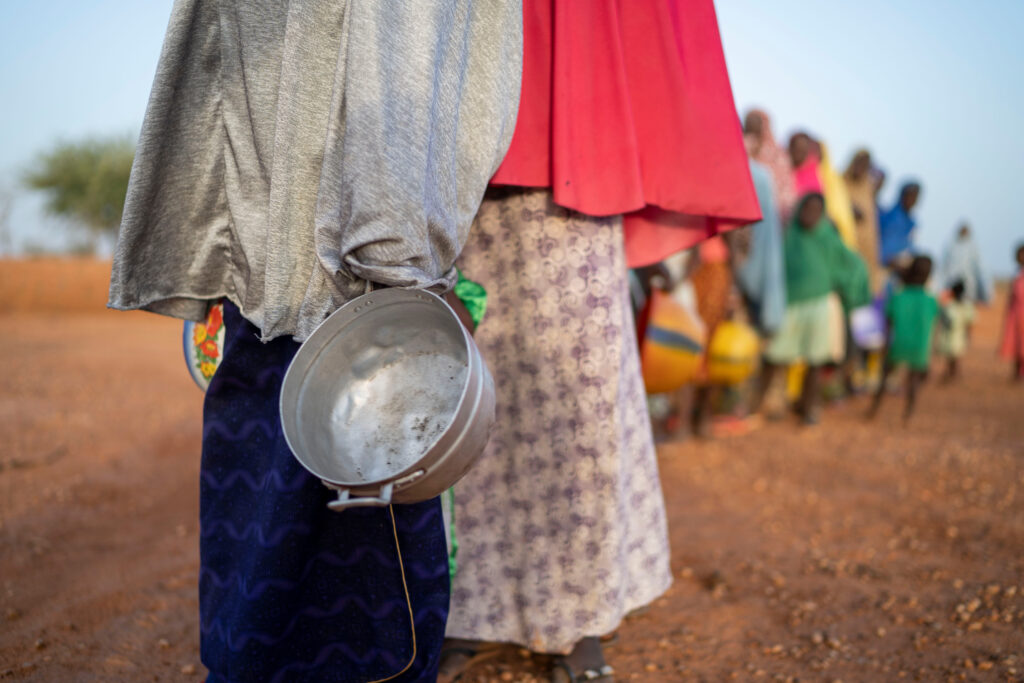Real hunger goes beyond feeling hungry
Adequate nutritious food. Clean water. Shelter. Education. Healthcare. A safe living environment. All essential for a life without hunger and poverty. Yet, millions of people cannot afford these. In fact, globally, 1 in 11 people go to bed hungry.

Real hunger goes beyond feeling hungry
Every day, thousands of poor farmers in India eat a handful of cooked rice; a piece of injera or traditional bread in Ethiopia; or corn-based ‘tamales’ in Guatemala. All these meals fill the stomach but lack the ingredients for good health and growth. This is especially crucial for children. However, nutritious and healthy foods like dairy, fruits, vegetables, and protein-rich products are unaffordable for many people.
While poverty often causes poor eating habits, the problem of hunger is more complex. The availability of food, dietary habits, and the gender dynamics also play a significant role. Hunger resulting from these challenges can lead to poor health, stunted growth, and learning deficits on a devastating scale.
It’s time to act
The rising number of people with hunger and the threatening food crisis demands for radical changes. Less food import and more domestically produced food helps to feed the growing population. Smallholder farmers and their communities play an important role. With basic inputs and technologies, they can produce more food, for themselves and the market.
More than ever, we need to partner with poor farming families to improve the productivity of livestock and land. Not only production, but the entire food chain must be tackled. Improvements in storage, transport and market access will lead to less crop loss and food waste, a fair price for producers and makes healthy food more accessible.
Heifers broad approach makes poor farming families less vulnerable and enables them to survive setbacks.
Read more about how we end hunger and poverty.


